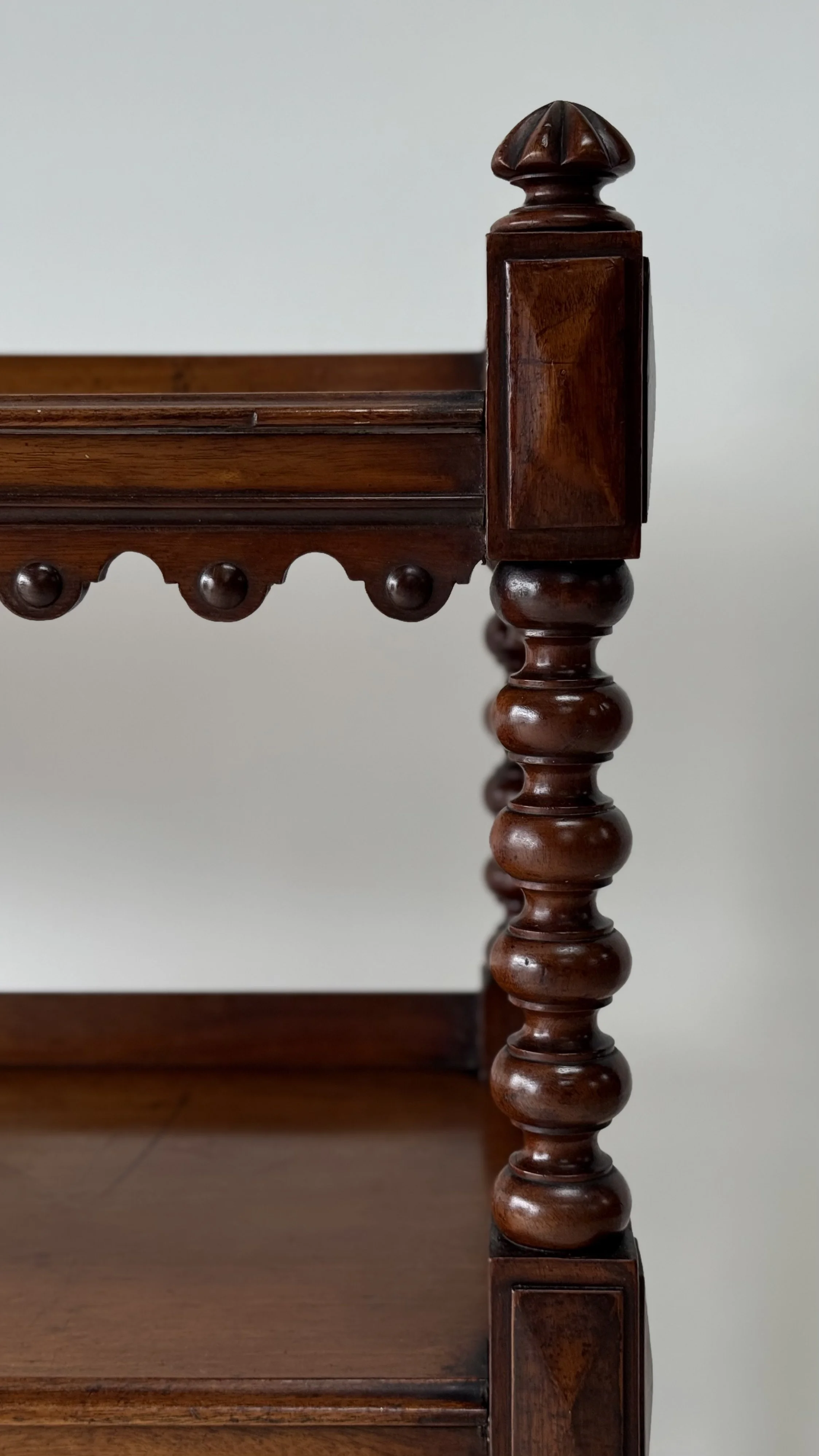1 July
The Art of Hand Polishing: Why Traditional Methods Still Matter
In a world where everything is speeding up — fast furniture, fast finishes, fast fixes — there’s something uniquely powerful about slowing down. Hand polishing is one of those rare crafts that resists the rush. It takes time, care, and experience. But the results? Nothing short of timeless.
At its core, hand polishing is about more than shine. It’s about preserving character, honouring the grain, and bringing out the natural beauty of the wood. Whether it’s a vintage buffet table, a staircase, or a family heirloom, nothing beats the depth and warmth of a surface that’s been restored by hand.
What Is Hand Polishing?
Hand polishing is the traditional method of applying fine finishes — typically shellac or natural oils — by hand, layer by layer. Unlike spray lacquers or machine finishes, this technique allows for precise control and attention to detail.
The process often involves:
Preparing the surface with sanding and cleaning
Building multiple ultra-thin coats of shellac or polish
Rubbing down between coats for an ultra-smooth feel
Buffing and finishing to a warm, mirror-like gloss
Why Choose Hand Polishing?
Here’s why so many of our clients prefer traditional hand-polished finishes:
• Restores rather than replaces: Ideal for antiques and sentimental pieces
• Non-toxic & low waste: Many traditional finishes are more environmentally friendly
• Repairable: Unlike sprayed-on finishes, shellac can be repaired without stripping the whole surface
• Character-preserving: Accentuates the grain, rather than masking it
Why Traditional Methods Still Matter.
In a time where mass production dominates, traditional craftsmanship
stands out more than ever. It’s not just about nostalgia —
it’s about quality, care, and longevity.
Hand polishing is a method passed down over centuries,
used by cabinetmakers, joiners, and restorers long before factory finishes existed. These techniques weren’t just chosen because they were old — they were chosen because they worked. They protected wood, enhanced its natural grain, and could be maintained and repaired for generations.
When we polish furniture by hand, we’re not just applying a finish — we’re carrying forward a method that respects the material and honours the maker who came before us.
We often get asked: “Can’t I just varnish this myself?” You could. But what we do is closer to art than application. The difference is in the finish — and it shows.
What Does It Look Like?
Imagine a table top that glows under warm light, with subtle reflections, soft texture,
and no plastic-looking shine. Or a stair railing with decades of wear, gently revived to
its former beauty — still full of history, now full of life.
1 July
The Art of Hand Polishing: Why Traditional Methods Still Matter
In a world where everything is speeding up — fast furniture, fast finishes, fast fixes — there’s something uniquely powerful about slowing down. Hand polishing is one of those rare crafts that resists the rush. It takes time, care, and experience. But the results? Nothing short of timeless.
At its core, hand polishing is about more than shine. It’s about preserving character, honouring the grain, and bringing out the natural beauty of the wood. Whether it’s a vintage buffet table, a staircase, or a family heirloom, nothing beats the depth and warmth of a surface that’s been restored by hand.
What Is Hand Polishing?
Hand polishing is the traditional method of applying fine finishes — typically shellac or natural oils — by hand, layer by layer. Unlike spray lacquers or machine finishes, this technique allows for precise control and attention to detail.
The process often involves:
• Preparing the surface with sanding and cleaning
• Building multiple ultra-thin coats of shellac or polish
• Rubbing down between coats for an ultra-smooth feel
• Buffing and finishing to a warm, mirror-like gloss
Why Choose Hand Polishing?
Here’s why so many of our clients prefer traditional hand-polished finishes:
• Restores rather than replaces: Ideal for antiques and sentimental pieces
• Non-toxic & low waste: Many traditional finishes are more environmentally friendly
• Repairable: Unlike sprayed-on finishes, shellac can be repaired without stripping the whole surface
• Character-preserving: Accentuates the grain, rather than masking it
Why Traditional Methods Still Matter.
In a time where mass production dominates, traditional craftsmanship
stands out more than ever. It’s not just about nostalgia —
it’s about quality, care, and longevity.
Hand polishing is a method passed down over centuries,
used by cabinetmakers, joiners, and restorers long before factory finishes existed. These techniques weren’t just chosen because they were old — they were chosen because they worked. They protected wood, enhanced its natural grain, and could be maintained and repaired for generations.
When we polish furniture by hand, we’re not just applying a finish — we’re carrying forward a method that respects the material and honours the maker who came before us.
We often get asked: “Can’t I just varnish this myself?” You could. But what we do is closer to art than application. The difference is in the finish — and it shows.
What Does It Look Like?
Imagine a table top that glows under warm light, with subtle reflections, soft texture,
and no plastic-looking shine. Or a stair railing with decades of wear, gently revived to
its former beauty — still full of history, now full of life


